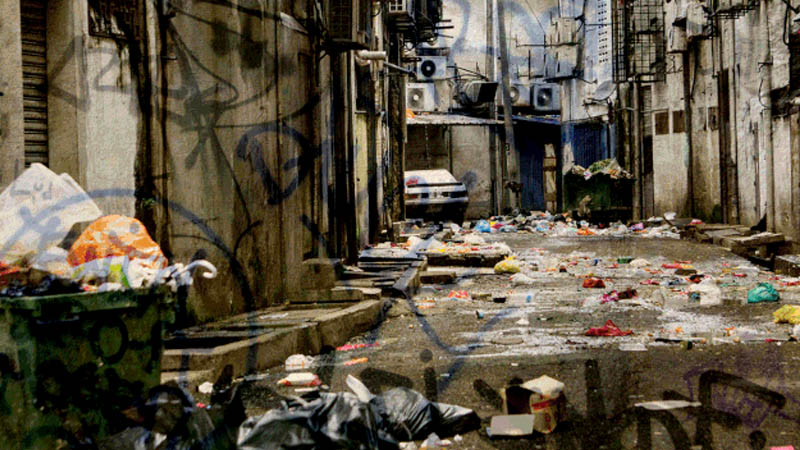In a recent ranking that might startle those who assume New York City holds the dubious title of America’s dirtiest city, Houston, Texas has been crowned the nation’s grimiest urban center. The study, conducted by LawnStarter, pushed Newark, New Jersey to second place, while the Big Apple itself landed in a somewhat cleaner 12th place, avoiding the top ten altogether.
Houston’s new status as the dirtiest city arises not just from its poor air quality and infrastructure issues, but also due to an overwhelming pest problem. According to data from LawnStarter’s sister site, PestGnome, Houston leads the nation with its severe cockroach infestation, making it a less-than-desirable habitat for residents wishing to avoid these unwelcome guests.
The pest issue extends beyond Houston. Other Southern cities, including San Antonio, Texas, and Tampa, Florida, also report significant problems with cockroaches, joining Houston in the top three for this particular infestation. Meanwhile, those with a phobia of rodents should be wary of Boston, Philadelphia, and Baltimore, which are leading the charts for homes overrun by these critters.
California, despite aggressive spending on cleanliness, continues to struggle with pollution and pests. San Bernardino is referred to pejoratively as the “armpit” of California, securing its place as the fourth dirtiest city due to horrific air quality. Neighboring cities like Riverside and Ontario are similarly affected, suffering from pollution exacerbated by industrial developments that have replaced the region’s traditional orange groves and vineyards, via Daily Mail.
San Francisco stands out as a relatively cleaner location within California, thanks to significant investments in street cleaning, including a $72.5 million effort in 2019 and an additional $16.7 million in 2023, told CBS News. However, the city continues to face challenges with homelessness and drug issues, which impact its overall cleanliness.
Water quality is another concern across the U.S., particularly in the Southwest, where every major city except Salt Lake City violated the Safe Drinking Water Act in 2020. Las Vegas is noted for having the most hazardous drinking water in the region.
Ohio is highlighted for a different kind of pollution: cigarette litter. With a high proportion of smokers, cities across the state see an excessive amount of discarded cigarette butts, despite ongoing campaigns to discourage smoking.
Contrary to some expectations, many of America’s cleanest cities are located along the coasts, with Virginia Beach leading the way. Yet, coastal location is not a surefire predictor of cleanliness, as demonstrated by pristine conditions in inland cities like Fremont, California, and Winston-Salem, North Carolina. These findings underscore the complex factors that contribute to urban cleanliness and the ongoing challenges cities face in maintaining a clean and healthy environment.


